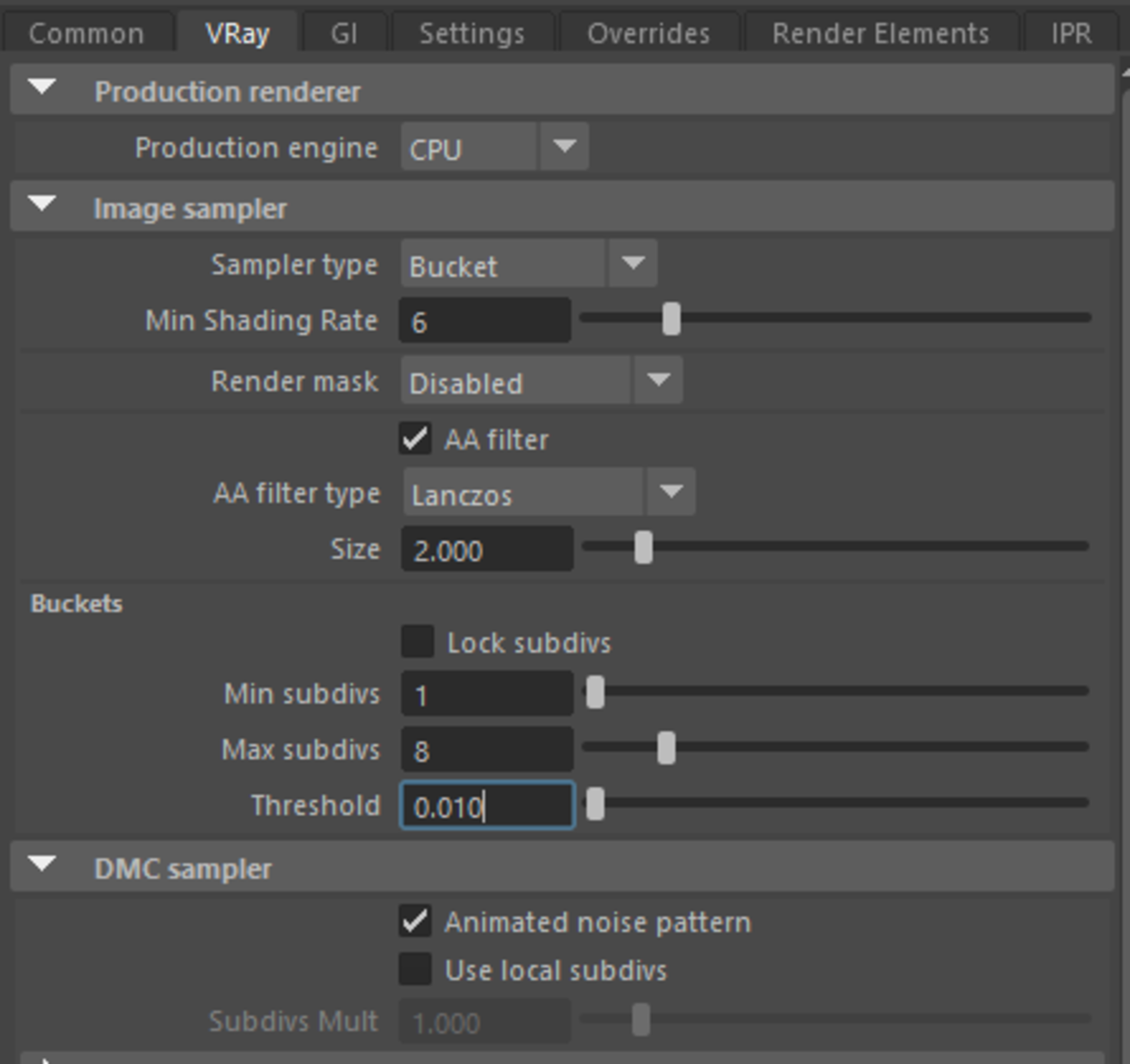

are basically from sketchup material textures itself. NOTE: other materials like sidewalk/asphalt/grass etc. I always depend the extent of material details on the camera view wether it is noticeable or not. But it doesnt matter as long as it will look good on your output. Sometimes I put reflection on wall, but this time I havent got it on because of long render times. 5 on size but you can change it to smaller or even higher map size.But in my case the default 1 vaue is quite big on the output.- put your bump multiplier, I always assume it to be 2-5 depending on draft renders i make.- it is always fun to experiment on this depending on your taste.

first choose color- then click m on bump map- click the dropdown menu until you see STUCCO- I always set it to. Here are the list of main materials I used:ĭiffuse Bump/DisplacementBasic Wall Material Set-Up I always use right-click and edit texture positions manually. MATERIALSi am never really good at material mapping and texturing, I always make it a point to get materials on Sketchup itself or Vray procedural maps, then apply reflections, bumps or whatsoever. The good thing aboutsketchup is you canpreview the shadowand assumed lightįrom the scene itselfon your shadow/timetoolbar, just toggle it Note: It is always good to render your scene at around 2:30-3:30pm on afternoon scene and 4:30-6:00 at dusk scene if youre after a good shadow and less intense sunlight and with more artistic mood but that is just my opinion. But I only do this because its too heavy making changes and having so many components and models in the scene. As you can see, I try to optimize my model so, Everything that will not be seen on the camera is not really modelled nor textured. Another reference for modelling is Sir Peter Guthries Sketchup Modelling video on his site, please do watch it.
VRAY 3.6 SKETCHUP OPTIMIZED SETTING PC
It is by turning the layer off when not needed, this is important for low pc specs like me. Because this will help you a lot in manipulating your scene as it gets more detailed and heavier. Note: Always make it a point to wisely layer every single model/group/components in the scene to your most comfortable way.

Here are the plug-ins I usually cant model without:?Mirror?Purge All?Round Corner?Get Midpoint?Remove Material?Bezier Curves?FFD?Align?Furand Vray plug-in. On modelling, As much as possible I limit myself from using excessive plug-ins.As you can see on the image above it is my final model, note that this scene is optimized only with one camera view. This is quite an experimental tutorial so, please bear with me on this, :) And as an architect, Its always a part of my job doing stuff like this. Its rather my basic visual sense towards architecture. Though, nothing is quite remarkable on my work-flow compared to other artists, really. In this tutorial, I will try as much as I can to simply explain how did I ended up with this Filipino Villa using my usual workflow in doing visualization from modelling and rendering using Sketchup, Vray for Sketchup and with Photoshop on simple post-processing.


 0 kommentar(er)
0 kommentar(er)
